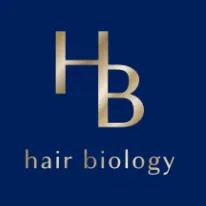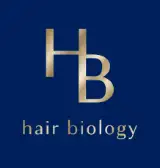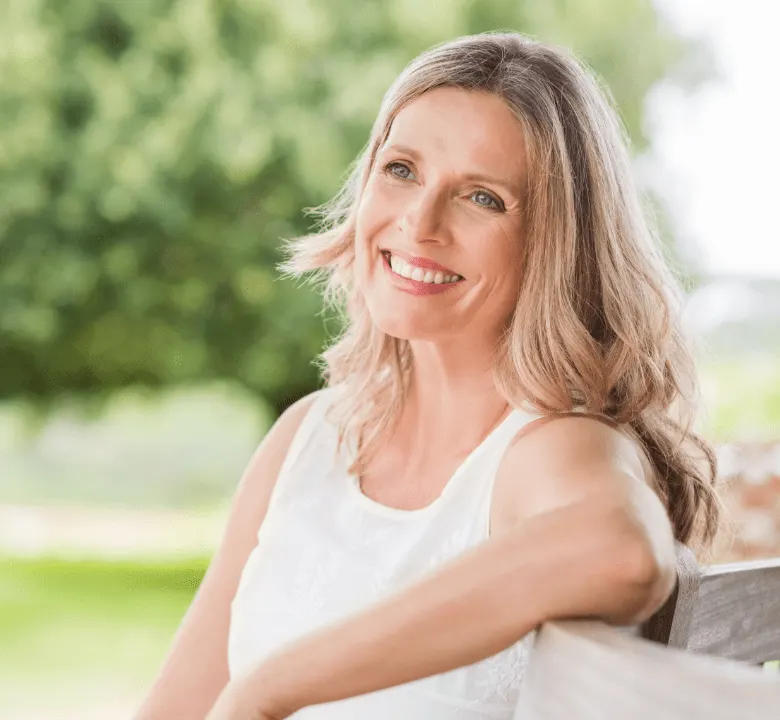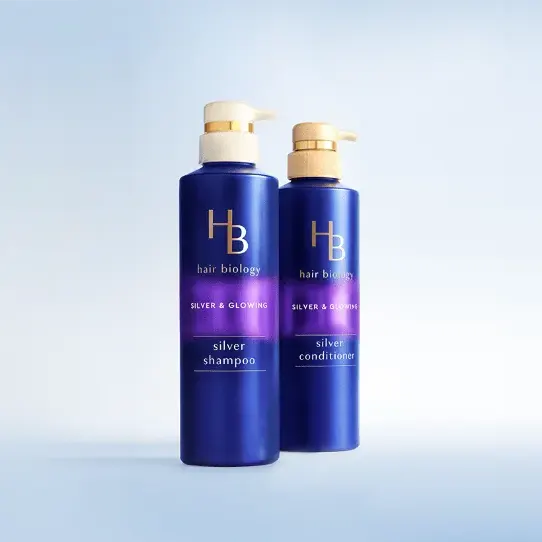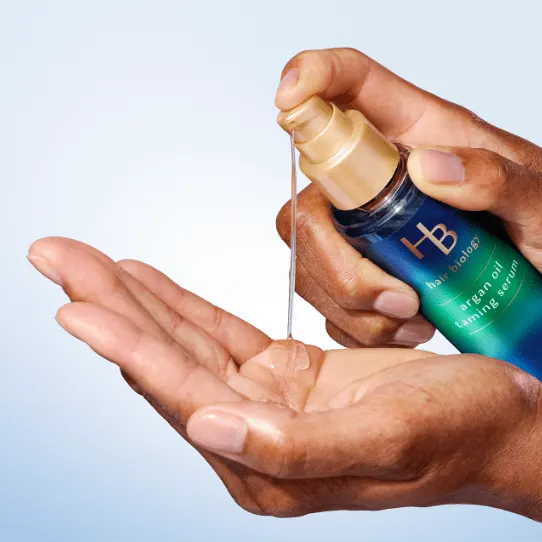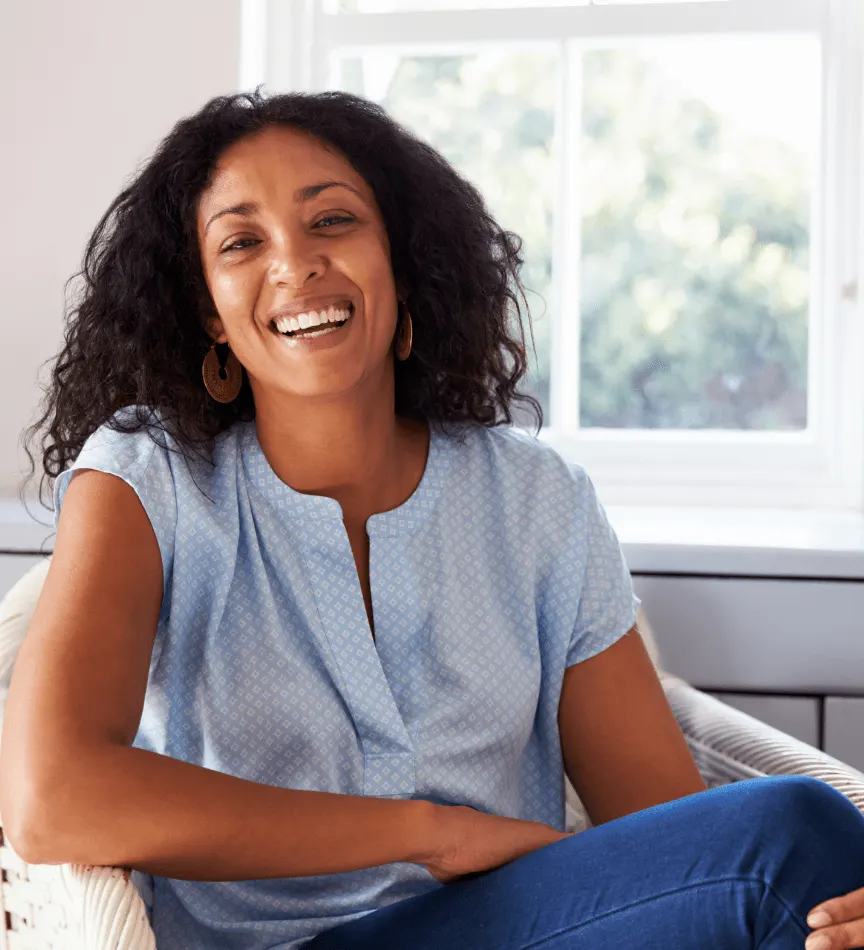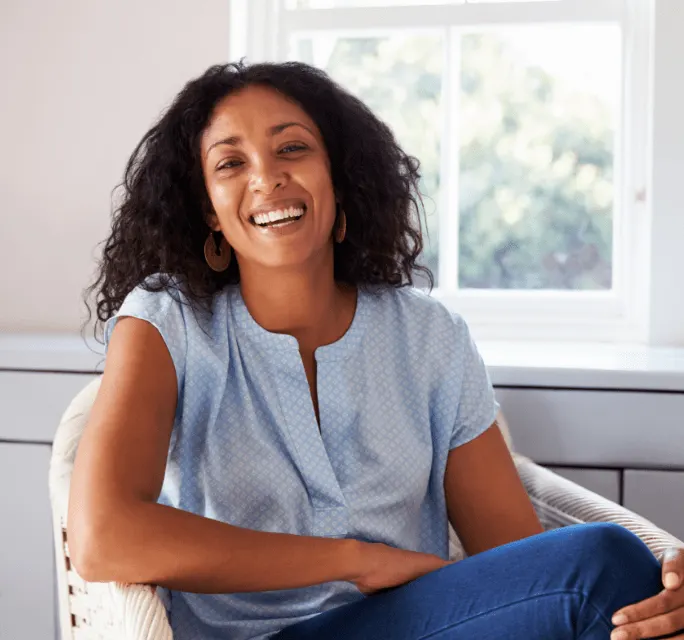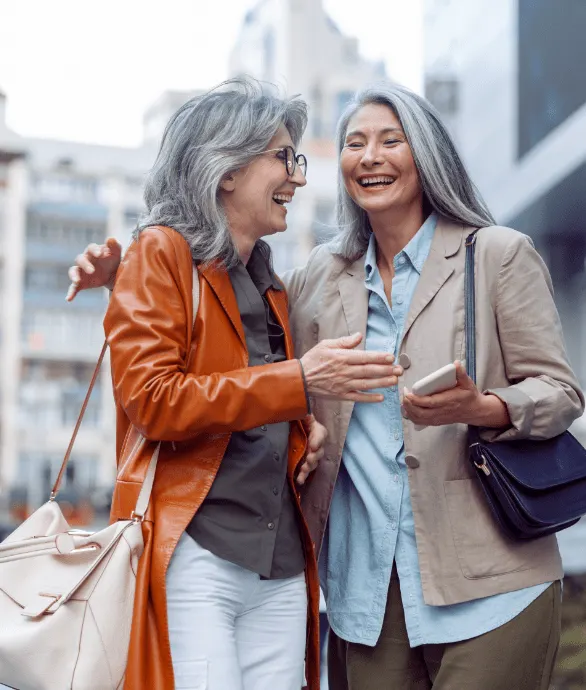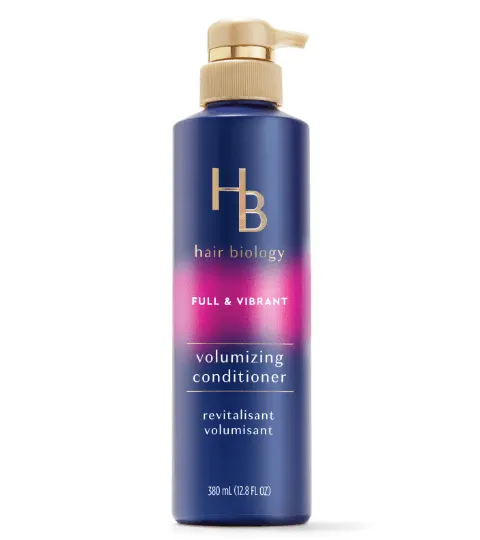Aging hair: changes to expect and solutions
When my hair isn't cooperating—which seems to be happening an awful lot lately—I tend to blame myself. Maybe I'm leaving my conditioner in too long/not long enough, coloring it too often/not often enough, putting the blowdryer on too high/not using enough heat to style it, using the wrong styling product/not using enough styling product.
But what I learned while researching this story is that what we do to our hair is only a fraction of why it won't behave. It's not our fault: it's just our biology! Our hair undergoes significant changes as we age: "The biggest changes I see are thinning, greyness, dryness, loss of density, a slower regrowth cycle, and loss of body," says Christine Healey, a stylist for the Rita Hazan Salon in New York City. "Some of these changes begin around age 35, but by the time a woman is post-menopausal, she'll see a majority of these changes." Well, I'm 50-years-old, still dropping eggs, and check off five out of the six major change boxes. (My naturally curly hair gives me a boost in the body department.)
By knowing the causes and consequences of these changes, you're in a better position to counteract them. I spoke with a woman who knows hair literally inside and out, P&G principal scientist Jeni Thomas; she explains what to expect, why it happens, and what you can do about it. Let's take charge of your hair destiny...and density, while we're at it.
Hair gets THIN
What you'll notice: Your hairline might recede, and your part may widen, though the hair at the crown of your head will probably remain full. Your hair may also be finer, so it feels like there's less of it. (My ponytail is a lot skinnier than it used to be—only part of me that is!)
What's going on: "Your hair's growth cycle changes over time," says Thomas. "The amount of time that your hair spends actively growing gets shorter as we age. And how many of your follicles, which produce individual hairs, are in that active growing phase at any one time, will decrease, as well."
But that's not all: The thickness of hair fibers changes, too," says Thomas. You start with "baby fine" hair that gets a lot thicker around puberty and continues to increase into your 30s; thickness then begins to decrease around your early 40s. "People don't realize that they have fewer and fewer hair strands in their 20s and their 30s because the increasing thickness of each strand makes up for it," says Thomas. But when fewer active follicles meet thinning strands in your early 40s? "That's when people tend to say, 'Oh my gosh. What just happened to my hair?' That's when it becomes really noticeable."
What you can do: "Once a hair follicle decides to retire, it's gone. You can't kick-start it again," says Thomas. You can, however, wake up sleepy follicles with minoxidil, a topical ingredient that works by prolonging the growth phase in follicles. Take note: Minoxidil can be a double-edged sword. The sooner you start using it, the better off you are. But once you start, you can never stop or what you've kept will just fall out within a few months. Another option is to see a doctor for a blood draw to determine if you have a vitamin or mineral deficiency. "Doctors can look at levels of vitamin B12, vitamin D, iron, biotin, oleic acid," says Thomas. "And if you have a deficiency, there's pretty good data to say if you top up that deficiency, you see the hair respond really well. But if you're a very healthy person, and your levels are good naturally, then a supplement isn't going to benefit you."
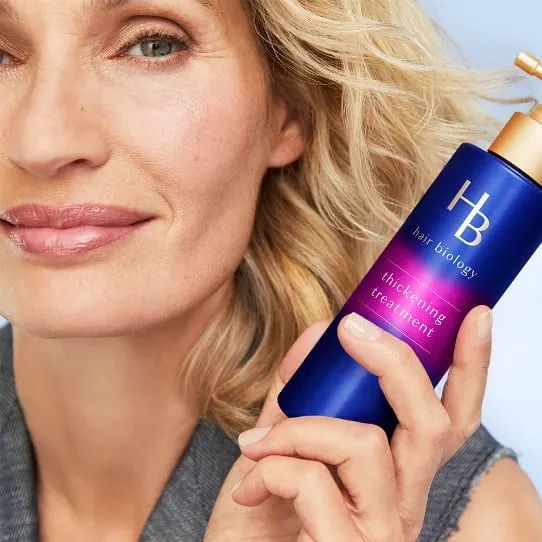
There are also cosmetic thickening treatments: Hair Biology Thickening Treatment has caffeine, biotin, and niacin that get inside the hair fiber to lend support from within; then polymers attach to the outside of each strand for additional structure. The result: an increase in diameter in each strand, which adds up to your hair looking and feeling as if you have 6,000 more hairs on your head! You'll also want to wash and condition with lightweight formulas, like Hair Biology Volumizing Shampoo and Conditioner, that won't cause your style to sag.
Hair gets GREY
What you'll notice: I remember being so excited when I saw my first grey hair—true adulthood had arrived! Yeah, the novelty has worn off now that I'm approximately 30,000 greys in. In women, grey hairs tend to start around the hairline, right where we can see them.
What's going on: While I may joke that my twin boys have added to that tally, there's no evidence (aside from anecdotal) that stress, or diet, or whether your pluck them, can affect when or how much you grey. Timing and totals are determined by your DNA.
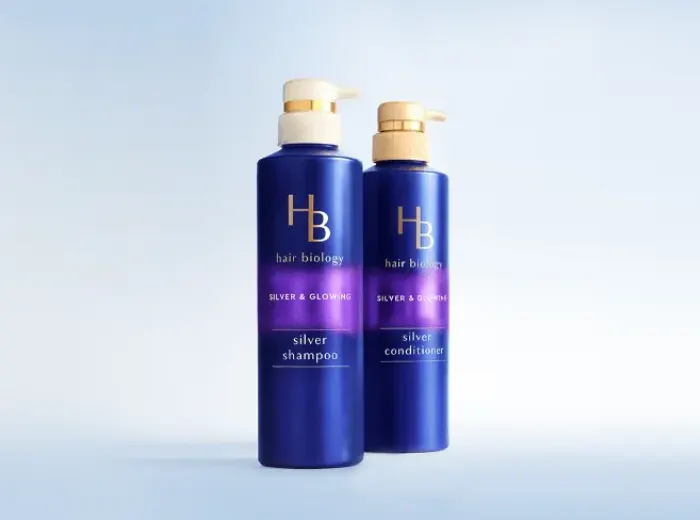
What you can do: Grey hair is probably at its most popular since the advent of hair dye. More women than ever are embracing their greys, or at least entertaining the idea. To make your silver strands look brilliant, not blah, try Hair Biology Silver & Glowing Shampoo and Conditioner. They have pigments in the purple shampoo and the purple conditioner that cancel out any yellow tones that grey can collect.
And if instead, you plan to dye till you die (raising my hand on this one), be aware that the only type of hair color that will give you 100% grey coverage is permanent color. Permanent color deposits pigments inside your hair and will grow out rather than wash out. If you're looking for a lower-commitment relationship, try a semi-permanent dye, which deposits color on the outside of your hair only. With a semi-permanent color, greys will hold on to less pigment than the rest of your hair and will look more like highlights.
Hair gets DRY
What you'll notice: There are moments when I look in the mirror and wonder why there are no birds in the nest on my head. My hair looks brittle, dull, with frizzies, flyaways, and wonky pieces sticking out all over the place.
What's going on: "Over time, we'll produce about half the scalp oil that we had when we were younger," explains Thomas. "Those oils are what keep your hair soft and manageable." They also serve to keep your hair's outer cuticle layer flat, reducing frizzies and flyaways to keep your hair smooth and shiny.
"At the same time, the curvature of your hair is becoming much more irregular," says Thomas. "So one fiber might be smooth, and the next one has a complete twist to it. And then another one has a smooth part and then just kinks out." These new curves account for the crazy, sticky-outie pieces, and also contribute to the dryness problem: scalp oils don't travel down a twisty strand as easily as a straight one.

What you can do: For women with fine, straight hair, restoring your moisture levels can be as simple as using a hydrating shampoo. But if you have thicker hair with more twists and turns, you'll need to up the ante. Hair Biology has a trio of hydrating products—the Moisturizing Shampoo and Conditioner, which are the best shampoo and conditioner for fine hair and the Deep Hydration Mask— a hydrating hair mask which contains lipids that can penetrate your hair fibers and help your hair hold on to moisture. And if you still have stray strands that you can't control, try Hair Biology Argan Oil Taming Serum, a weightless hair smoothing serum that will make them bend to your will.

Share
